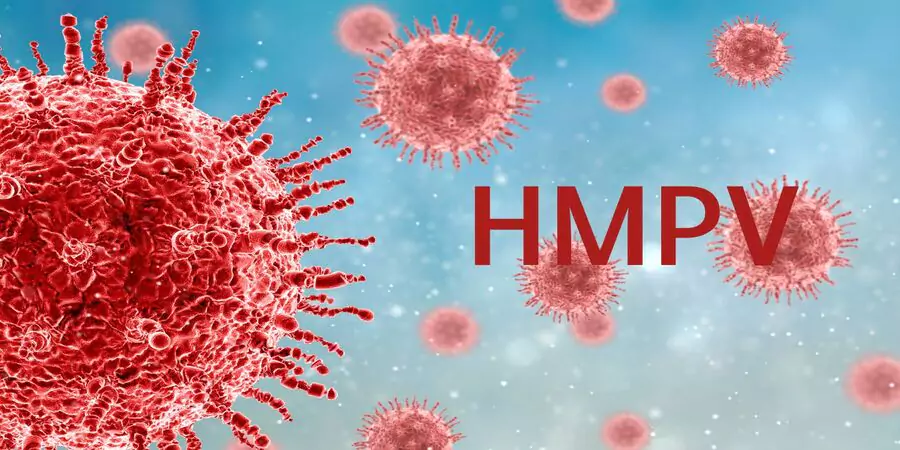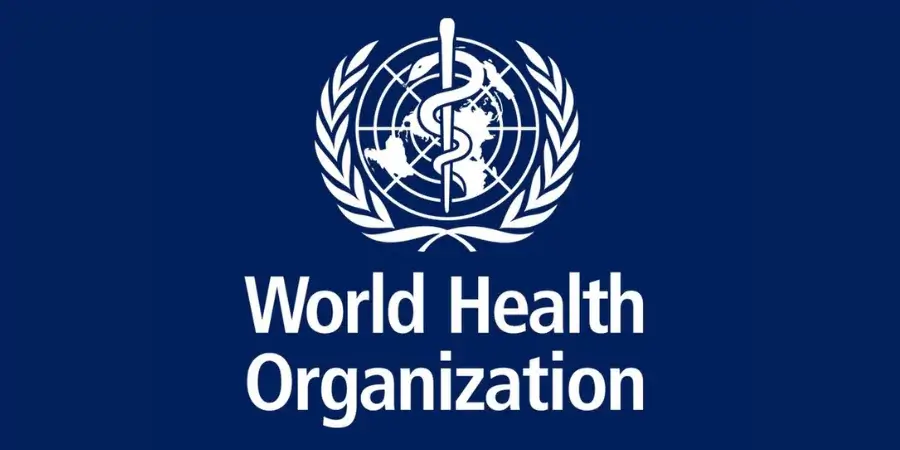China is witnessing an increase in respiratory illnesses, resulting in heightened concerns about overcrowded healthcare facilities, enhanced health monitoring, and public apprehension over an emerging virus.
The rise in cases has been linked to human metapneumovirus (HMPV), a virus that has seen a notable uptick in infections, especially among children in northern China this winter.
This development occurs five years after the global Covid-19 pandemic originated from a novel coronavirus first identified in Wuhan, China, which led to millions of deaths worldwide.
Recent images and videos from Chinese hospitals showing mask-clad patients have spread on social media, sparking comparisons to the early days of the Covid outbreak.
In response, Chinese health authorities have rolled out new strategies to track and control the pneumonia cases of unknown origin. However, the government has suggested that this is a common occurrence during the winter months.
China’s foreign ministry spokesperson Mao Ning reassured the public, stating, “Respiratory illnesses typically peak in the colder months.”
“These illnesses appear to be milder and less widespread compared to last year,” she added.
What is HMPV?
Human metapneumovirus (HMPV) is a respiratory virus that presents symptoms similar to those of the common cold and flu. While most cases are mild, it can cause severe respiratory issues such as pneumonia, especially in vulnerable populations like infants, the elderly, and people with weakened immune systems.
Although HMPV was first discovered in 2001, its resurgence has raised concern, especially with a notable rise in cases among children under 14 in northern China.
The virus is transmitted through respiratory droplets or contact with contaminated surfaces. Its symptoms include coughing, fever, stuffy nose, and fatigue, with a typical incubation period of three to six days. Unlike Covid-19, there is no vaccine or specific treatment for HMPV, and care is generally focused on symptom management.
Rising Cases of HMPV in China
The recent surge in cases coincides with colder temperatures and more indoor activity, conditions that often promote the spread of respiratory illnesses. Health authorities stress that this rise is in line with seasonal patterns.
China’s National Disease Control and Prevention Administration reported a noticeable increase in respiratory infections, including HMPV, during the winter months. The World Health Organization (WHO) has not categorized the situation as a global health crisis, though China has strengthened its surveillance efforts.
A new pilot program has been introduced to better track and report pneumonia cases of unclear origin, aiming to enhance the response to this health challenge.
Is HMPV Likely to Spread to Other Countries?
Some cases of HMPV have also been reported in Hong Kong. Nearby countries such as Cambodia and Taiwan are monitoring the situation closely. Cambodia’s Communicable Disease Control Department has issued health advisories due to the virus’s similarities to both Covid-19 and influenza.
Taiwan’s Centers for Disease Control has highlighted the virus’s heightened risks for children, elderly individuals, and those with weakened immune systems.
In India, health officials have reassured the public, emphasizing that HMPV is “similar to other respiratory viruses” and that there is no cause for alarm.




